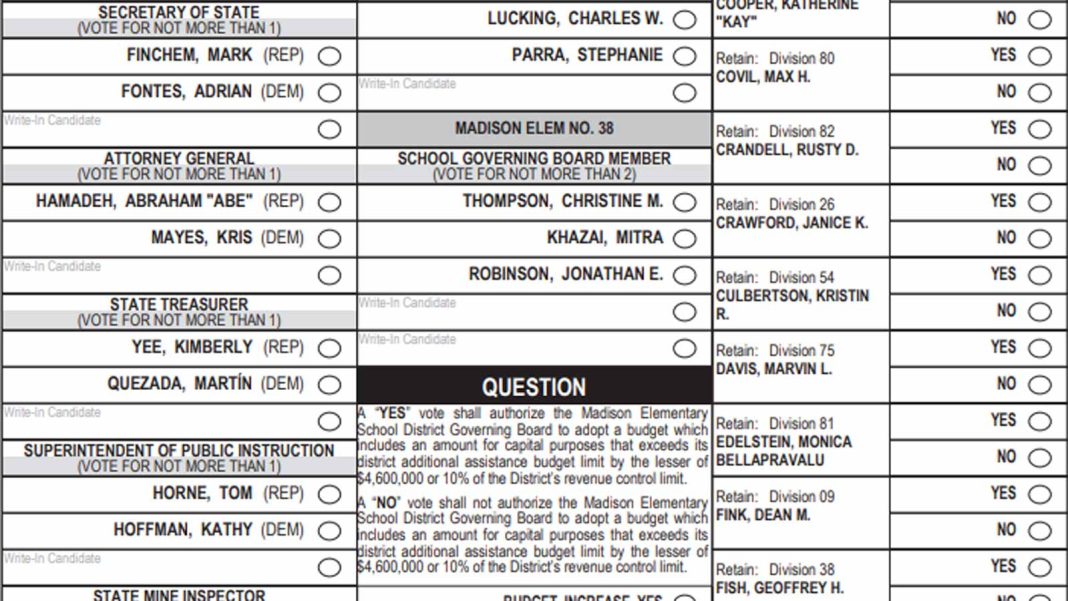 Mobile wallets have become the preferred method of transaction in Australia, surpassing cash payments as more consumers embrace digital payments. According to a report released by the Australian Banking Association (ABA), the value of mobile wallet transactions between 2019 and 2023 increased 18 times to reach $126 billion. This figure exceeded the total amount of ATM cash withdrawals for the first time. The decline in cash use has been observed across all income and age groups, regardless of geographic location.
Mobile wallets have become the preferred method of transaction in Australia, surpassing cash payments as more consumers embrace digital payments. According to a report released by the Australian Banking Association (ABA), the value of mobile wallet transactions between 2019 and 2023 increased 18 times to reach $126 billion. This figure exceeded the total amount of ATM cash withdrawals for the first time. The decline in cash use has been observed across all income and age groups, regardless of geographic location.
The report highlighted that the sharpest decline in cash usage was among the 65+ age group, with a significant 69 percent drop since 2007. Furthermore, cash transactions in regional and remote areas saw a higher decline of 80 percent compared to major cities. This has resulted in little difference between these areas in terms of cash usage. Additionally, small-size payments made with cash have also seen a sharp fall. In 2007, almost all payments ranging from $1 to $10 were made with cash, but by 2022, this figure had dropped to just over 20 percent.
In addition to the shift away from cash, Australian consumers have increasingly turned to online channels to interact with their banks. The ABA reported that 99.1 percent of interactions were now being made online or via apps, while banking branch interactions declined by 47 percent between 2019 and 2023. ABA CEO Anna Bligh described this trend as a “digital banking boom” and emphasized the convenience and ease of digital banking for consumers.
While acknowledging the rapid growth of digital banking, Bligh assured consumers that banks would continue to support cash transactions and face-to-face banking services. She stated that Australia still maintained a strong branch network, with a higher branch density than the OECD average. Additionally, face-to-face services were available at over 3,500 Bank@Post locations across the country.
However, despite these assurances, concerns have been raised as Australian commercial banks continue to close branches. Data from the Australian Prudential Regulation Authority revealed that 424 bank branches and 718 ATMs were closed in the 2023 financial year alone. Since July 2017, there has been a 37 percent decrease in the number of bank branches nationwide. This trend has caused some skepticism regarding the long-term availability of cash and face-to-face banking options.
One example highlighting these concerns is the recent sanction imposed on Westpac Bank by the Banking Code Compliance Committee (BCCC). The BCCC found that Westpac Bank had committed “serious and systemic breaches” of the Banking Code of Practice after closing its branch in Tennant Creek, Northern Territory. The closure left approximately 3,400 local residents without access to certain banking services, and the bank failed to provide adequate customer support in response.
In conclusion, mobile wallets have become the preferred method of transaction in Australia, surpassing cash payments. The decline in cash use has been observed across all income and age groups, with the sharpest decline among the elderly population. While digital banking offers convenience and ease, concerns have been raised regarding the continued availability of cash and face-to-face banking services due to the closure of bank branches. The recent sanction imposed on Westpac Bank for breaching the Banking Code of Practice further highlights these concerns.


